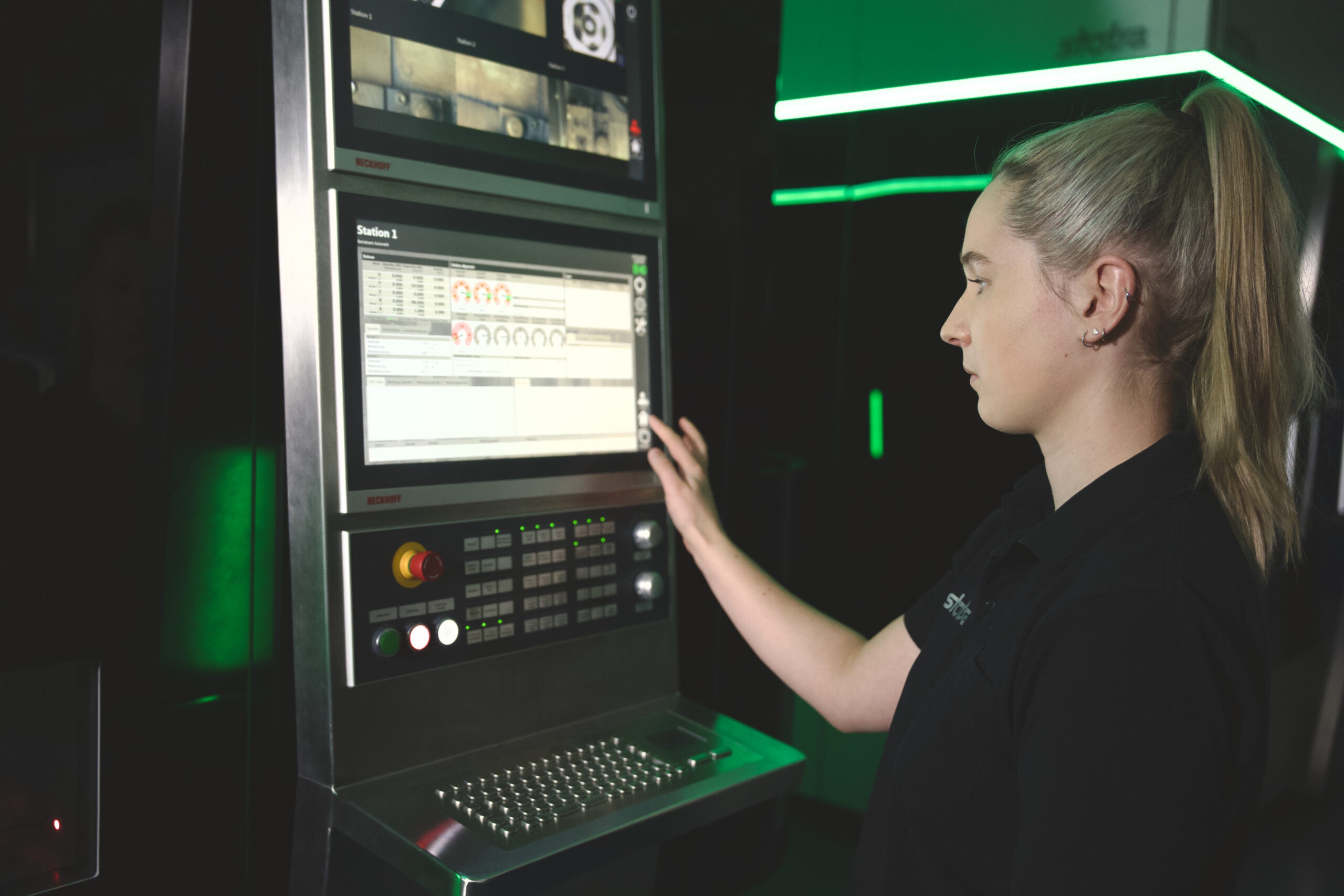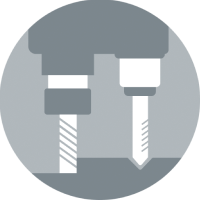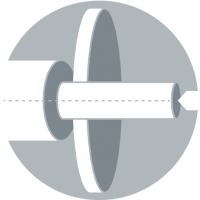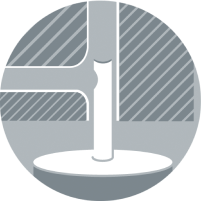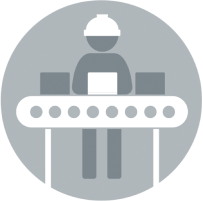Laser technology
High-precision machine solutions for both micro and macro machining technologies.
Expertise:
- Laser drilling, welding and cutting of 2D and 3D components
- Efficient production from medium series from approx. 100,000 components up to large series of over 2 million components per year thanks to flexible, modular systems
Processing areas:
- inorganic materials
- especially metals
- Glasses
- Ceramics
- Tolerance micro: < 3 µm, tolerance macro: up to 15µm
Machine concepts:
- Partially / fully automated
- 2D or 3D processing
- Laser processing center 5-axis CNC (especially micro)
Laser micromachining – a new era of micro-precision
Machining metal workpieces down to the micrometer range with pinpoint accuracy – this is made possible by our laser technology. We use ultra-short light pulses for our lasers. These have no thermal impact on the base material and guarantee optimum production quality. Together with our customers, we develop tailor-made solutions and new production potential.
Laser micromachining with pulsed lasers
Pulsed lasers have proven to be advantageous for the precise machining of workpieces. stoba Customized Machinery uses lasers with ultra-short light pulses. These have lengths of microseconds (1/1,000,000, 1 x 10-6 seconds), nanoseconds (1 x 10-9 seconds), picoseconds (1 x 10-12 seconds) and femtoseconds (1 x 10-15 seconds). This is because in laser micromachining and laser cutting, shorter pulses with a higher energy density ablate the material without thermally affecting the base material. At the same time, any metal can be processed with the optimally adjusted lasers. From simple steel to stainless steel and aluminum.
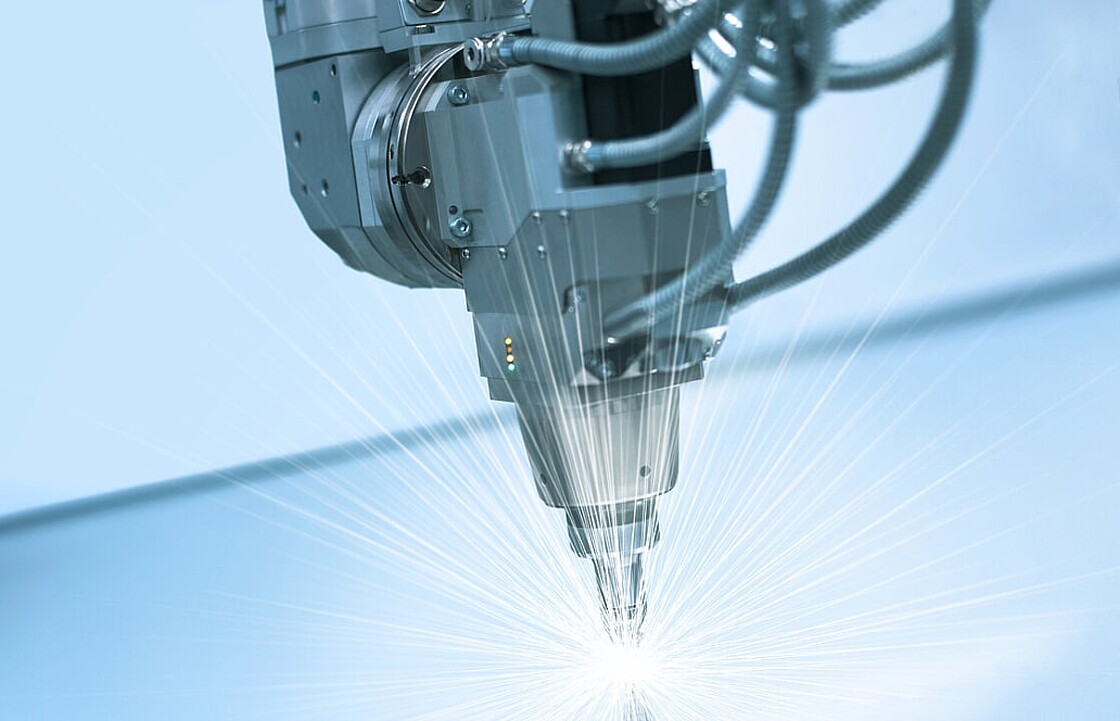
What are the advantages of laser technology in metalworking?
In metalworking with lasers, metal is removed by the aligned photons of the respective laser beam. The photons are bundled and directed onto the workpiece as a light pulse with a defined wavelength when the desired energy is reached. During laser cutting, the light of the laser beams has wavelengths in the range of 103-1 nm. It causes the atoms of the material to be processed to be excited. When processing with lasers, each metal requires a specific wavelength in order to be excited particularly well. The optimum wavelength for aluminum, for example, is different from that for stainless steel.
Laser micromachining as a 2D or 3D laser process
In laser machining, the laser source generates a laser beam of a specific type and energy. The laser beam is conditioned by the so-called scanner. It is responsible for guiding and focusing the laser beam. The design of a scanner varies depending on the manufacturer, but its main task is to focus the laser beam via lenses of various optical units. The scanner also controls the deflection of the laser beam, e.g. to generate lettering. The deflection is performed by driven mirrors. Extremely dynamic, fast and precise galvo motors are used for this purpose. The number of deflection axes varies for 2D and 3D deflection.
